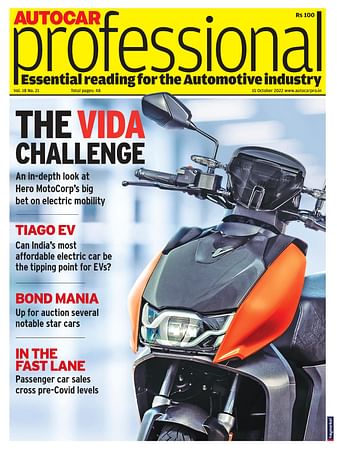Passenger vehicle sales take a deep dive in March as Covid-19 comes home
When the PV sector was already reeling under the pressure of an prolonged economic slowdown, the outbreak of the Coronavirus put the final nail in the coffin for FY2019-20.
As March turned into April, FY2019-20 came to a close. Even as April marked the dawn of a new BS VI emission era, it also marked the end the end of a fiscal fraught with a number of challenges for the Indian automobile industry. The passenger vehicle (PV) segment has had to contend with a number of growth-impacting factors such as dampened consumer sentiment, poor liquidity in the system, the move to BS VI, the sharp shift to petrol-engined vehicles, the impact of shared mobility, keeping the BS VI-driven price increase to a minimum and more, recently, the all-India lockdown. ...
This is an Autocar Pro Plus article. Subscribe to continue reading.
RELATED ARTICLES
TVS increases scooter market share to 24% with half-a-million units in April-August
With 523,458 units, TVS Motor Co records best-ever scooter sales in the first 5 months of a fiscal and also substantiall...
Maruti Suzuki strengthens its grip on car exports in H1 FY2023
Having shipped 131,070 units in April-September 2022, Maruti Suzuki India accounts for 41% of total made-in-India vehicl...
Tata Motors No. 1 CV OEM in H1 FY2023 but loses market share in 3 sub-segments
India’s commercial vehicle market is back in growth mode. While M&HCVs are up 88%, LCV demand has grown by 59%. An in-de...






 02 Apr 2020
02 Apr 2020
 16234 Views
16234 Views





 Autocar Pro News Desk
Autocar Pro News Desk



 Ajit Dalvi
Ajit Dalvi
